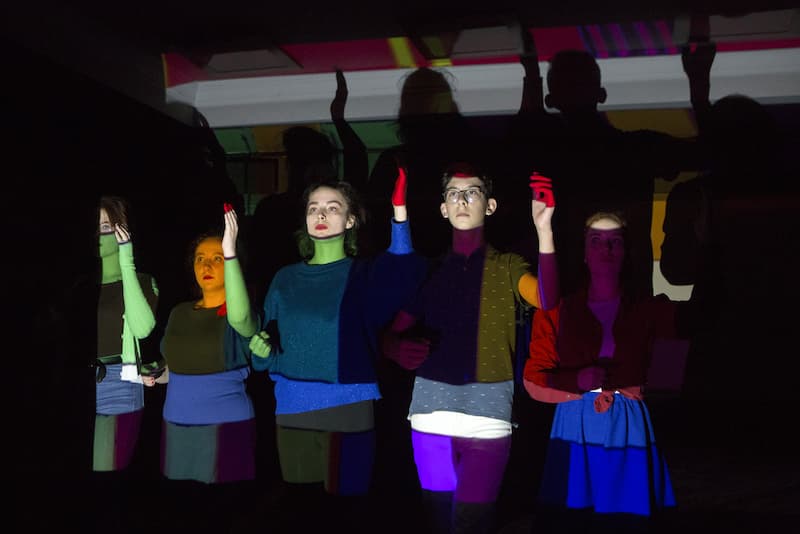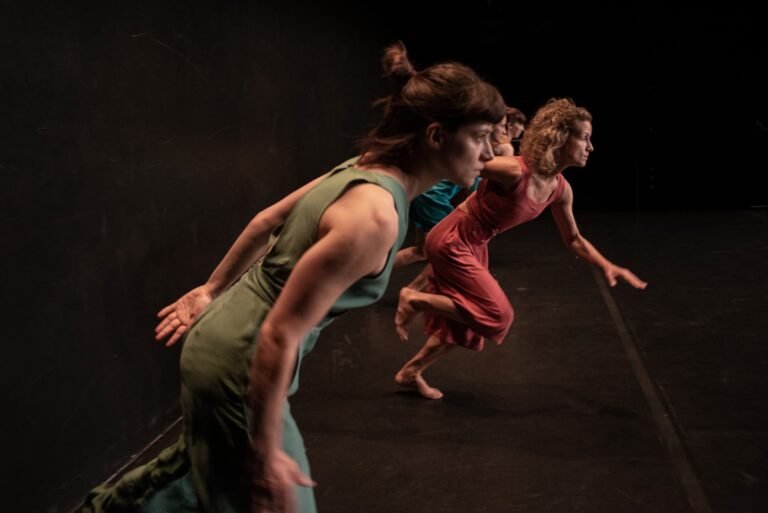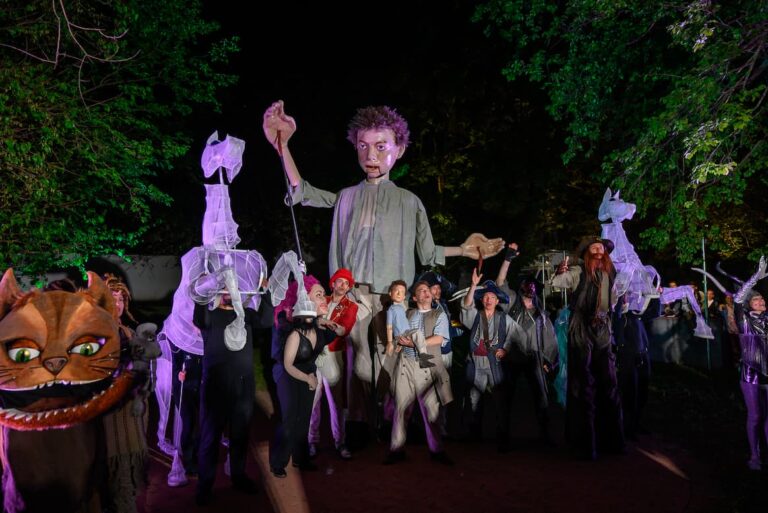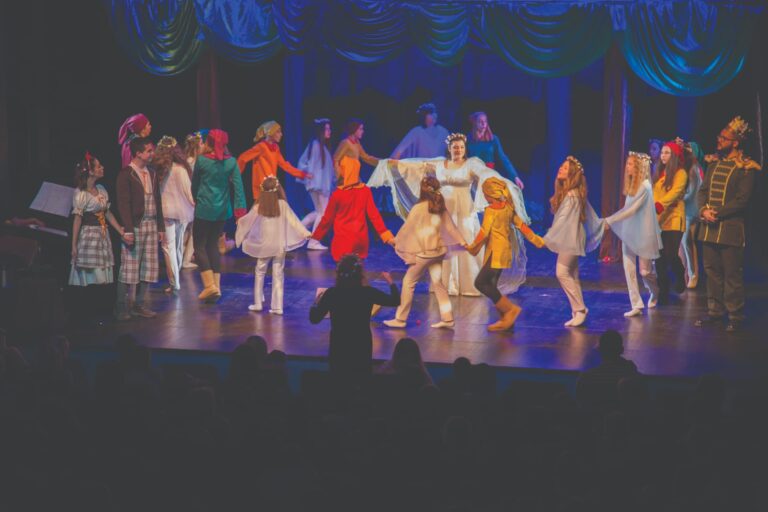Children and the youth are the focus of the European Capital of Culture programme, and the Schools of the Future are a new programme unit dedicated to their cultural and artistic creativity and new pieces of knowledge. We envisioned these schools of the future, primary and secondary educational institutions, as new spaces for culture, sets for plays, exhibitions, musicals, and lectures, in which young people will have the opportunity to learn from artists-lecturers. Because culture and the arts are important in the education of children, instead of the usual formal education, the Schools of the Future now offer a space for free expression, while informal places are becoming centres of knowledge.
One of the projects of the European Capital of Culture, which turns educational institutions into unique stages, is the Eye Net 2.0 Theatre Festival, which started yesterday, and by Friday it will present as many as eight plays from eight countries in Novi Sad, the European Capital of Culture. This project includes youth who, through work with excellent artists as mentors, will create theatre plays on socially engaged topics such as women’s rights, solidarity, ecology, and the like. Participants from each country will present themselves to other students through plays that they will play in high schools, and which they will perform again in the evening in cultural institutions, for the general public. The plays that you will have the opportunity to see in the coming days are Some Like it Fake (Slovenia), Marshal Konev’s Last Battle (Czech Republic), Why? (Germany), Unwritten Land (Greece), The Noise of the Silence (Lithuania), and Do You Like Tomato Sauce? (Italy). Artists from Serbia, with the play Legacy, as well as actors from France, with the play Turn Before the Ruins, delighted the Novi Sad audience with yesterday’s performance.

Which schools are the Schools of the Future?
Karlovci Grammar School
Another school of the future within the European Capital of Culture programme, in which foreign participants will perform as part of the aforementioned project Eye Net 2.0, is the oldest Serbian high school with the longest tradition in this area. Karlovci Grammar School started working back in 1791. It is located in Sremski Karlovci, a place about ten kilometres away from Novi Sad, and in the 18th and 19th centuries, it was a spiritual and political stronghold of Serbs in the Habsburg Monarchy.
Today, this is a philological high school, where, in addition to Latin, ancient Greek, as well as modern languages are studied. The grammar school is proud of its history, which you can read about in this text, as well as famous literary figures (Branko Radičević, Jovan Sterija Popović, Vasa Stajić and others) who received their education right here. The great importance of this high school is reflected in the fact that the grammar school library is one of the best school libraries in the country, which keeps a phototype edition of Miroslav Gospel, and the first editions of Dositej Obradović and Vuk Karadžić. It is also known to the general public as the location where the cult film Barking at the Stars was made, which thematises school life, love and mischief of high school graduates from a small town. During your visit to Karlovci, do not miss a chance to enter this high school and feel the spirit of the past.
Isidora Sekulić Grammar School
Isidora Sekulić Grammar School is another reputable educational institution, which will be transformed from a classical high school with social-linguistic and natural-mathematical tracks into a cultural-artistic centre of knowledge within the programme of the European Capital of Culture. It is located next to the famous Banovina Palace, in the very centre of the capital of culture, and was founded in 1990. This high school was recently completely reconstructed, upgraded, and equipped with the most modern technology that will provide future students with the highest quality education. It was named after the first woman with the title of academician in Serbia, who was an exceptional novelist, critic, and essayist. The grammar school with a tradition of more than 30 years, which nurtures multiculturalism, and encourages creativity and expression through art, has produced many quality people who will create the future of our community, society, and Europe.
Laza Kostić Grammar School
The first in a series of educational institutions that, thanks to the projects of the European Capital of Culture, is becoming a school-stage, is the Laza Kostić Grammar School, one of the ‘youngest’ grammar high schools in the country. Although it was built back in 1926, the Primary School József Attil, and later the Traffic School, were located in its place up until 30 years ago. It was only in September 1996 that this building became the seat of the Svetozar Marković Grammar School, only for it to change its name to Grammar School with Full Responsibility two years later. Finally, in 2000, it became the Laza Kostić Grammar School, which celebrates its school day on 12 February, the birthday of the romantic poet after whom it was named. It is located in the Novi Sad neighbourhood of Telep. It is also specific for being the only school in Novi Sad to have a modern theatre hall, where plays are held, as well as the drama section of the high school students. Further, Provincial Oratory Competition has been held there since 2015.
Jovan Jovanović Zmaj Grammar School
The European Capital of Culture programme is dedicated to the cultural and artistic creativity of children and youth, their critical reflection and re-examination of social issues and European values. The future of Europe is in the hands of young people, and Novi Sad now offers high school students the opportunity to participate in the debate on European cultures – the influence of the individual, in which they will raise issues of burning topics and news from Europe. The centre of this session of the European Youth Parliament will be the oldest grammar school in Novi Sad, Jovan Jovanović Zmaj, which has been transformed into a school of the future within the European Capital of Culture programme. Through its three-century long existence, this high school has become a proud guardian of the memory of the development of education in our region, and for its centuries-long successful educational work, it has received the highest recognition. It has been named after the famous Novi Sad poet and doctor ever since 1959. Today, this respectable grammar school has a rich tradition of educating students who achieve outstanding results, and the school provides education in four tracks: social-linguistic, natural-mathematical, general education and specialisation for students talented in mathematics, whom Novi Sad residents often call ‘specials’ (specijalci in Serbian).
At the beginning of the 19th century, while Napoleon’s cannons were redrawing the political map of Europe at the time and Karađorđe’s insurgents were fighting for Serbia’s independence, the prominent Novi Sad merchant Sava Vuković was thinking of leaving a lasting memory of himself to his people. In 1810, he contributed 20,000 forints to the founding of the Serbian Grammar School in Novi Sad, and to learn how the development and progression of this high school went, check out the text on our website.
‘Milan Petrović’ School for Primary and Secondary Education
Novi Sad is a city that nurtures a culture of diversity, so one of the Schools of the Future is ‘Milan Petrović’ School for Primary and Secondary Education, which deals with the education and rehabilitation of people with disabilities, as well as children with disabilities. This unique school in the region was founded in 1958, and later it was named the Special Education School Dr Milan Petrović. Today, the school is located in the Novo Naselje neighbourhood. Attendees of this school are involved in a number of extracurricular activities including a choir, a tamburitza orchestra, and a school theatre. This school is distinguished by numerous collaborations with domestic and foreign partners, such as the European Capital of Culture Foundation, with which it is currently implementing the Eye Net 2.0 project.
‘Bogdan Šuput’ Secondary School of Design
The art school, as the people of Novi Sad usually call it, is located in Detelinara, a part of Novi Sad, and it was founded more than 60 years ago. As a school that develops individual
creativity and artistry, it was a logical choice for picking a place to hold performances within the project Eye Net 2.0, which are designed and presented by students from abroad to other students. Today, the works of many pupils of this school adorn museums, galleries, and public spaces, and it is here that new artists are born; they enrich or will enrich the cultural heritage of the European Capital of Culture, which they will present even outside of our borders.
Author: Marina Marić
Photo: Jelena Ivanović







